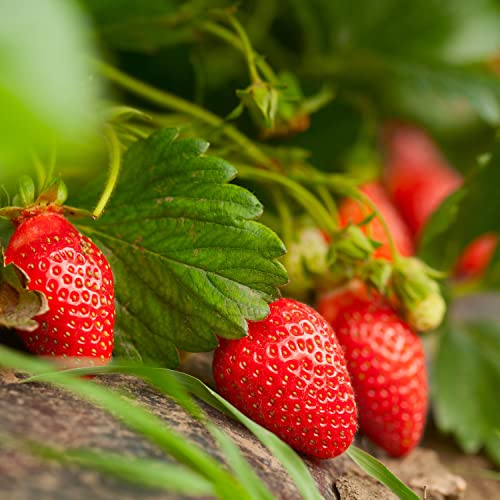Are edimentals the new bedding plants? Why you should ditch petunias for parsnips – and enjoy beautiful, edible borders
Edimental plants prove that borders can be both decorative and delicious
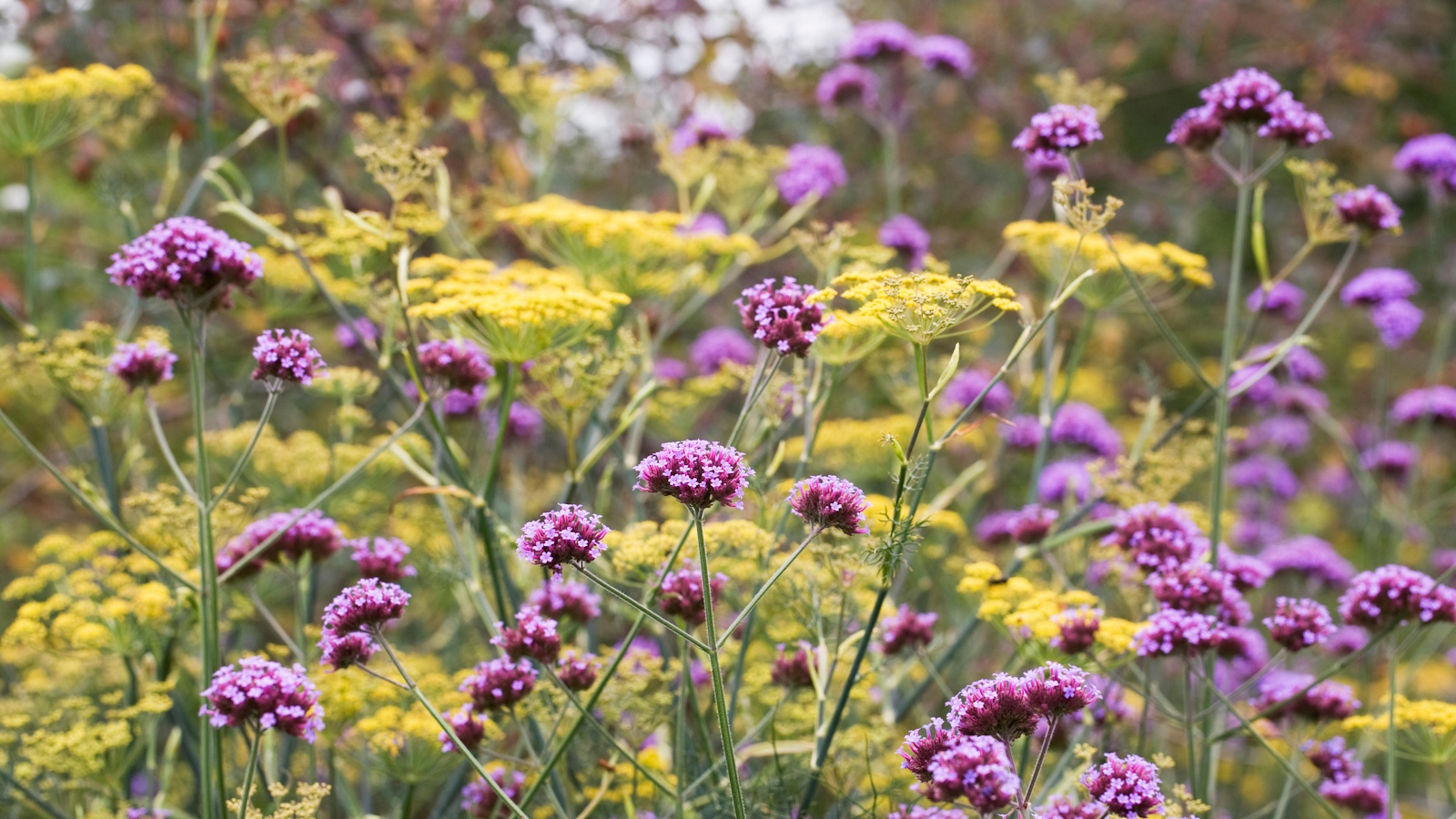

Edimentals are currently having their moment in the spotlight, but don't be fooled, this is not some new, genetically engineered plant category to get your head around. Put simply, edimentals are ornamental plants that also happen to be edible. Think fennel, with its feathery foliage and golden blooms, or rhubarb, with textured leaves and vibrant pink-red stalks that look as good as they taste.
As gardening trends shift toward sustainability and functionality, the case for edimentals over traditional bedding plants is stronger than ever. Why settle for one-dimensional petunias, pansies or begonias when you could fill your borders with plants that offer visual impact and a homegrown harvest?
Is it time to rethink our approach to spring and summer displays? I explore how edimentals compare to traditional bedding plants, helping you to decide on your plant wish list for the growing season ahead.
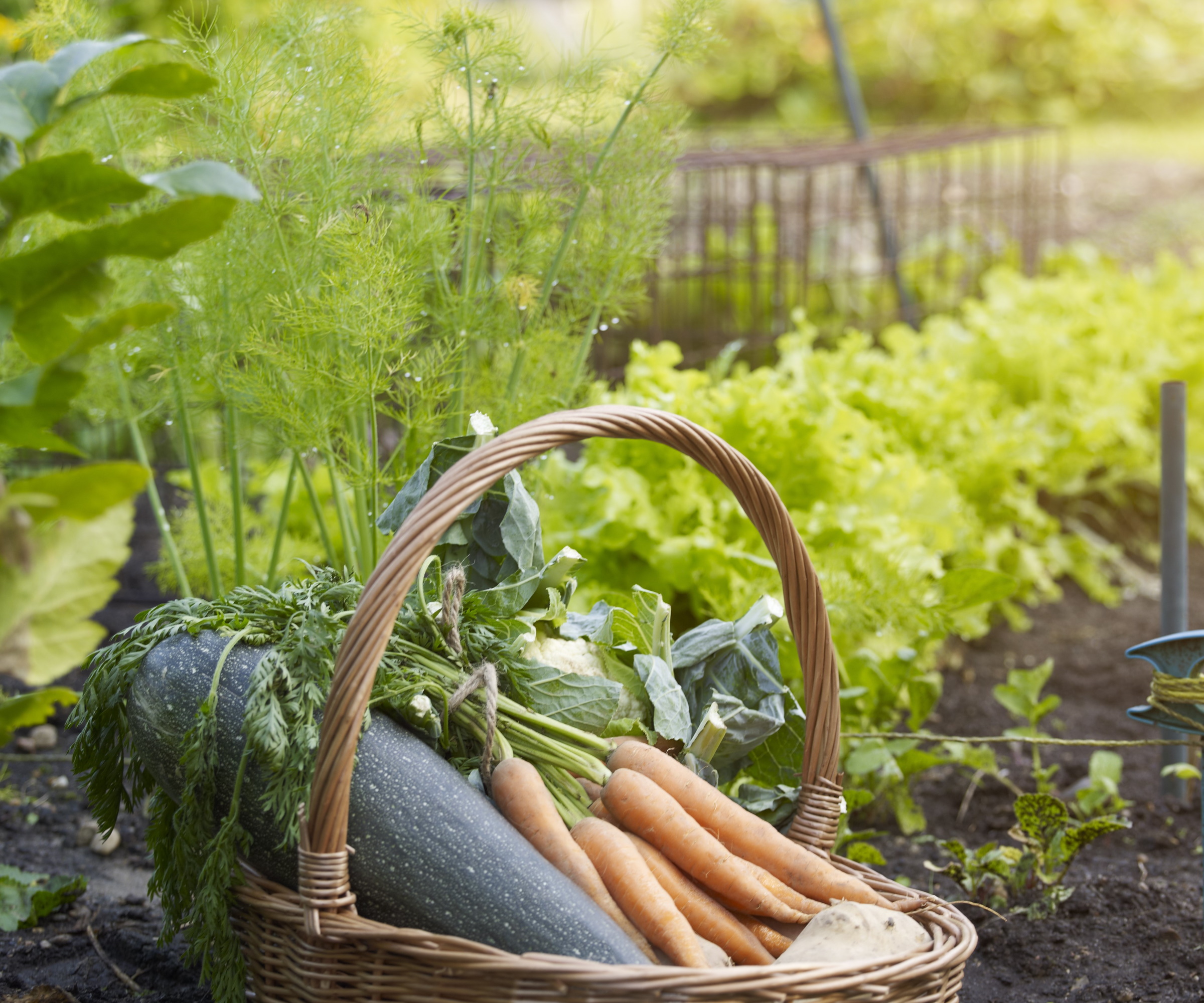
Are edimentals the new bedding plants?
Edimentals aren't limited to one climate or region. They can be found growing worldwide in different US hardiness zones and there are many native species from across North America. For example, verbenas, coneflowers, bearberries and lingonberries are all ornamental and edible, more than earning their spot in your backyard ideas.
1. Edimentals vs bedding plants - what is the difference?
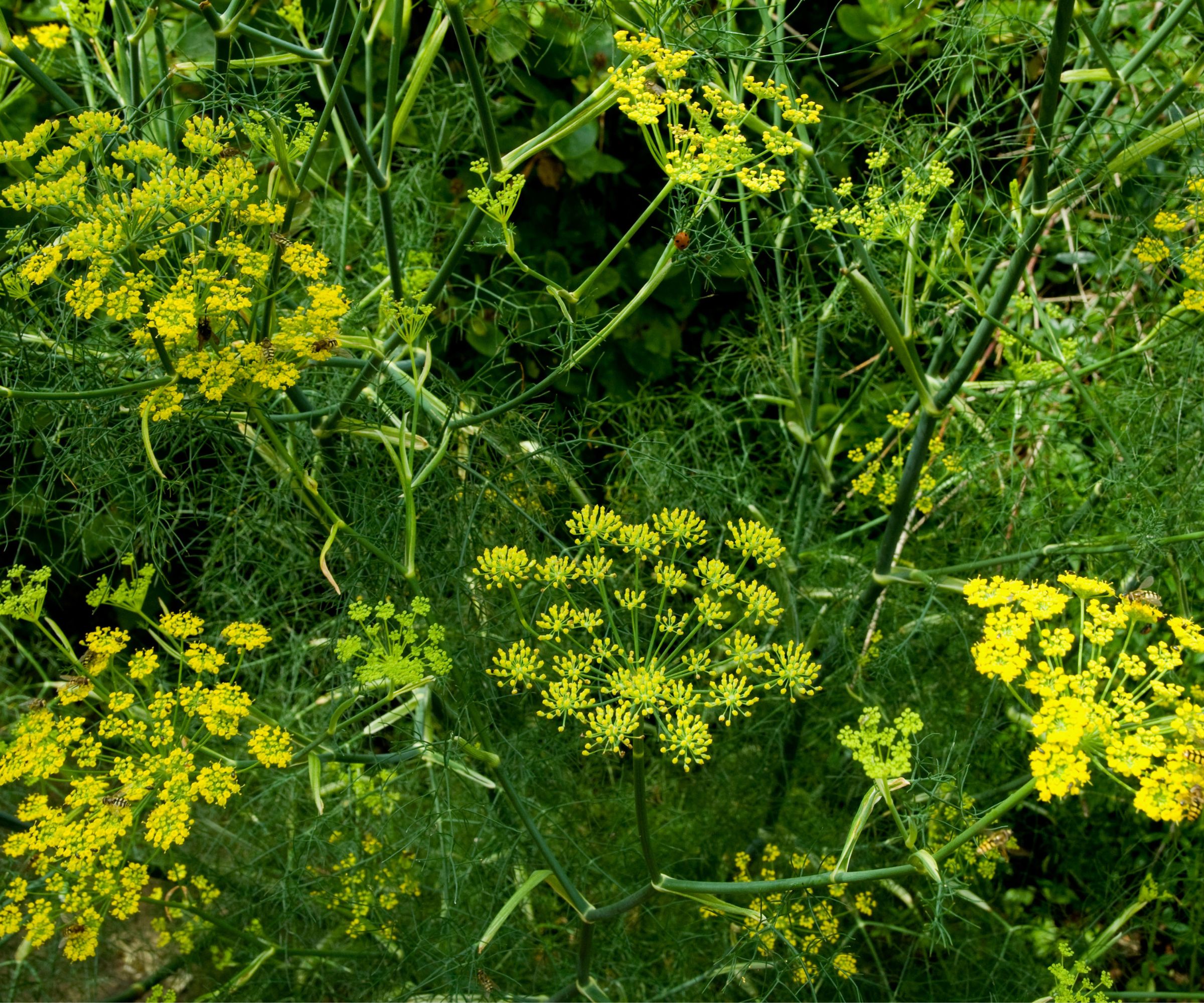
Bedding plants have long been the go-to plants for the spring and summer garden. Think red geraniums, purple pansies or yellow petunias, which are readily available, inexpensive and often used en masse for an instant hit of color.
Once a staple Victorian garden design, where neat rows and floral patterns dominated, bedding plants have since fallen out of favor, replaced by wild gardening and looser, naturalistic styles.
However, while you might not have the space, resources or desire to create elaborate planting patterns the likes of which might have featured at the gardens in Versailles, many of us still rely on fast-growing flowering annuals for an injection of floral color in bedding displays.
Take gazanias and gerberas, both of which are native to South Africa. These plants typically appear in garden borders from May and will die with the onset of the first frost, unable to survive winter. While they can deliver vibrant blooms, bedding plants like this are ultimately disposable.
Edimentals, on the other hand, serve a dual purpose. Not only do they add beauty and vibrancy to your garden, but they also provide a yield of edible flowers, leaves or fruits that can be used in cooking or as fresh ingredients.
Many edimentals, such as herbs and perennial vegetables, are long-term investments, returning and providing season after season. Rosemary, lemon verbena or lavender, for example, not only add evergreen texture and fragrance but also elevate your culinary creations. In compact yards, particularly in urban areas, every plant needs to earn its spot, and in my opinion, edimentals more than deliver.
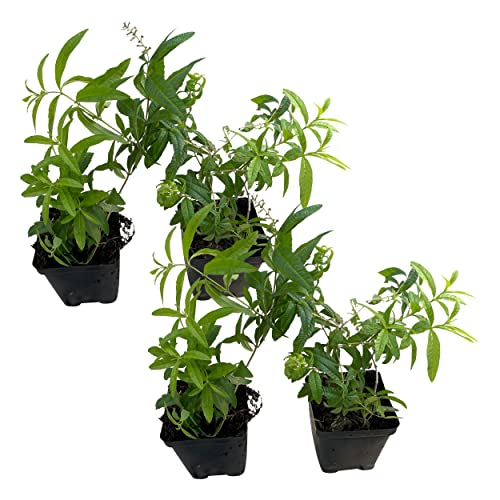
Lemon verbena is a great edimental to add to flower borders. With a superb fragrance and taste, why not try growing your own tea leaves?
2. What are the benefits of growing edimentals over bedding plants?
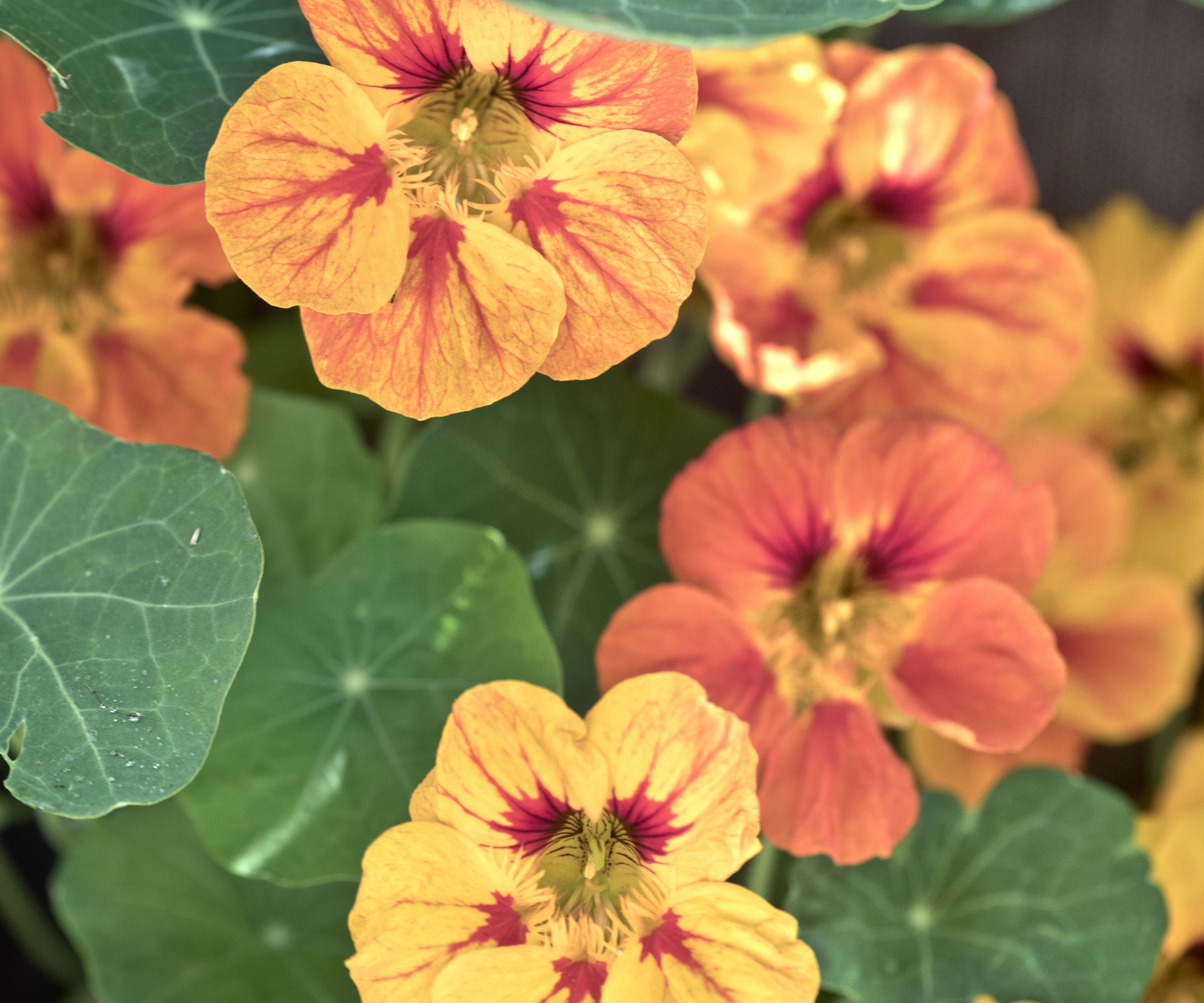
There are many benefits to swapping traditional bedding plants for edimentals, but the environmental impact is undeniably the most important. Large-scale bedding plant production relies heavily on water, heat, and artificial light to speed up growth, consuming vast amounts of energy. In addition, many growers still use peat-based compost, and when you factor in transportation and plastic packaging, the carbon footprint does not look good.
Of course, edimentals are not squeaky clean in terms of production either, but the key difference is longevity. Many edimentals are perennials, meaning they return year after year, reducing the need for constant replanting, thereby saving time, money and resources in the long run.
There is room, I think, for both bedding plants and edimentals in most flower bed ideas. But swapping out your busy Lizzies and lobelias for hard-working perennial crops that look and taste great can reduce your carbon footprint and it might even save you a few dollars too. And who would turn their nose up at that?
3. How to switch from bedding plants to edimentals
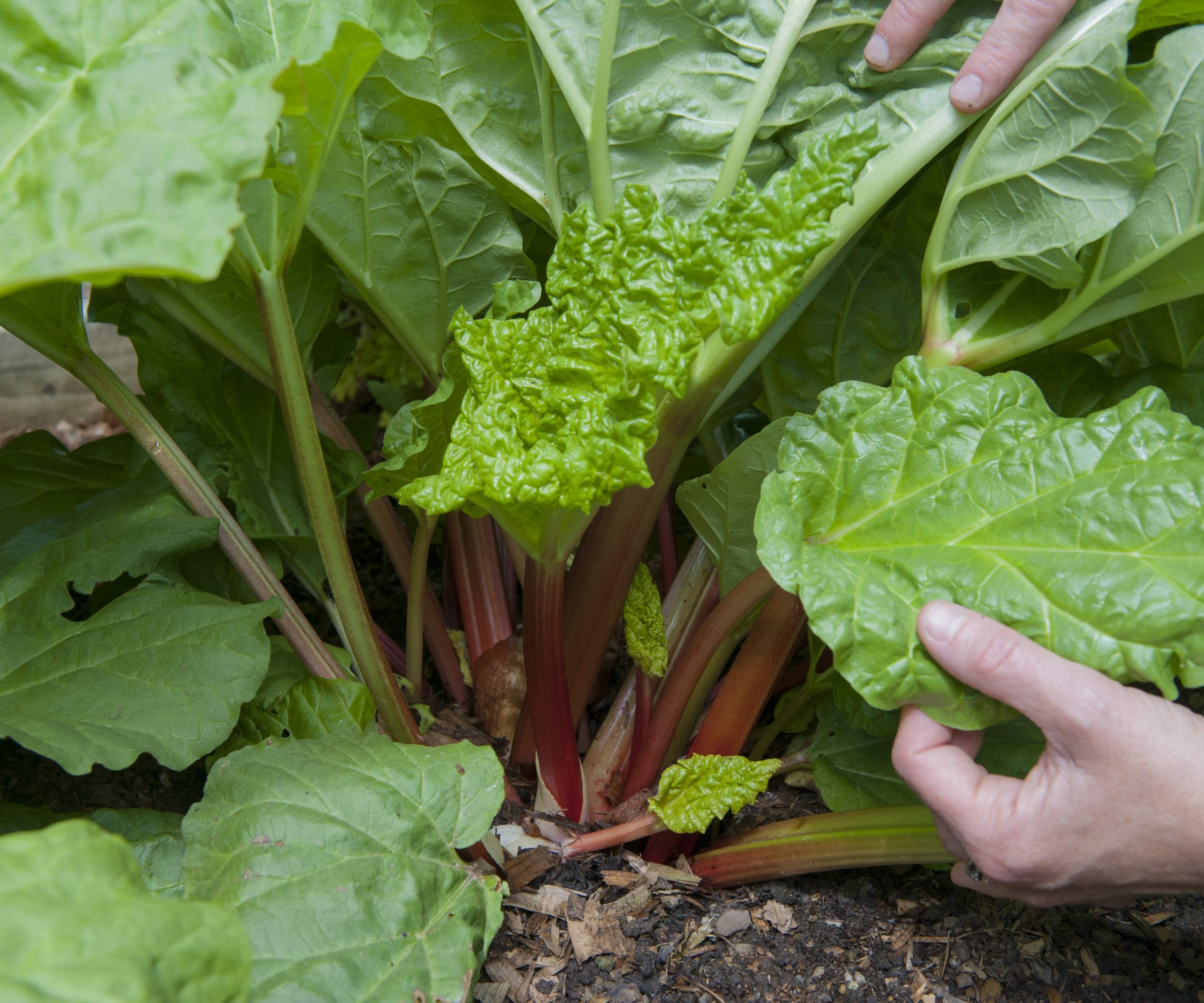
If I have done enough to convince you to make the switch from traditional bedding plants to edimentals, getting started is easier than you think.
First, choose plants suited to your climate and soil. If you reside in hot and humid Austin or Houston - found in US hardiness zone 9 - aromatic herbs from the Mediterranean are sensible. Fennel and lemongrass are two unusual options to try, but rosemary and sage are herb stalwarts that can handle the heat during high summer too. Simply adding these herbs to your borders instead of annuals will add a long-term sensory dimension to your plot.
In cooler regions, such as US hardiness zone 5 and below, you might want to try growing mint, which is a hardy option tolerant of wet weather. Why not try this pineapple mint, live plants are available from Burpee, for an unusual flavor and attractive variegated foliage. Be warned, however, that mint is a vigorous plant, so this might be one herb to grow in containers.
For the front of borders, grow edible flowers like nasturtiums or calendula. You can direct sow by simply scattering the seed from early spring. By summer, you'll be enjoying delicious edible flowers. Try this orange 'Oktoberfest' calendula for an impactful display, with seeds available from Burpee. While annuals, growing these plants from seed yourself is a budget-friendly and resource-efficient way to introduce edimentals to your plot.
Also consider incorporating a few perennial crops like kale, rhubarb and artichokes that will continue to deliver year after year. Adding salad and vegetable crops to your flower borders might seem unusual, but these leafy crops hold their own against traditional ornamental foliage plants like hostas and ferns.
Finally, biennials such as parsnips and carrots are also a good option for edimental borders. When I was working as a gardener in South Wales at a large private estate, we would often dot parsnips through the large flower borders. These fluorescent umbel-like blooms can rival most other flowering plants, and pollinators will be grateful too.
You can even try regrowing parsnips and carrots from carrot tops and kitchen scraps by simply saving the tops (with about half an inch of root attached). Place them in water, and within days, small roots should appear. After a couple of weeks, transplant them into your flower bed. While growing in this way won't produce any more vegetables, you will still enjoy beautiful, architectural foliage and flowers in the season ahead.
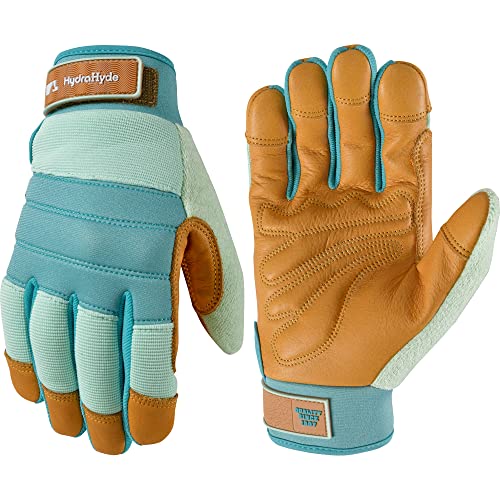
These durable and resilient leather gardening gloves will keep your hands safe and warm when planting and weeding in the yard.
FAQs
What edimentals can I grow in a small yard instead of bedding plants?
If you are short on space, growing on a balcony for example, edimentals are your best option for a compact, beautiful and useful space. Many edimentals can thrive in containers and window boxes, such as lavenders and coneflowers. For impact, grow one large statement shrub, such as a bay or olive. I would also suggest making the most of vertical surfaces, using trailing crops such as strawberries or tomatoes.
If you are new to gardening, herbs are a great option for low-maintenance edimental borders. There are so many popular options, and fortunately for us, many household favorites are some of the easiest herbs to grow at home. So, why not add some oregano or thyme to your plot today, and in a few months your yard will be filled with unrivaled scent.
Sign up to the Homes & Gardens newsletter
Design expertise in your inbox – from inspiring decorating ideas and beautiful celebrity homes to practical gardening advice and shopping round-ups.

Thomas is a Content Editor within the Gardens Team at Homes and Gardens. He has worked as a professional gardener for both public spaces and private estates, specializing in productive gardening, growing food and flowers. Trained in Horticulture at the Garden Museum, he has written on gardening and garden history for various publications, including The English Garden, Gardens Illustrated, Hortus, The London Gardener and Bloom. He has co-authored a Lonely Planet travel book, The Tree Atlas, due out in 2024.
You must confirm your public display name before commenting
Please logout and then login again, you will then be prompted to enter your display name.
-
 Sarah Jessica Parker's living room is a treasure trove of presumably clashing patterns – they're unexpected stars of the 'slow furnishing' trend
Sarah Jessica Parker's living room is a treasure trove of presumably clashing patterns – they're unexpected stars of the 'slow furnishing' trendUnlikely prints combine harmoniously in the actress's bold living room for a warm, welcoming effect – experts say her style is growing more popular
By Sophie Edwards
-
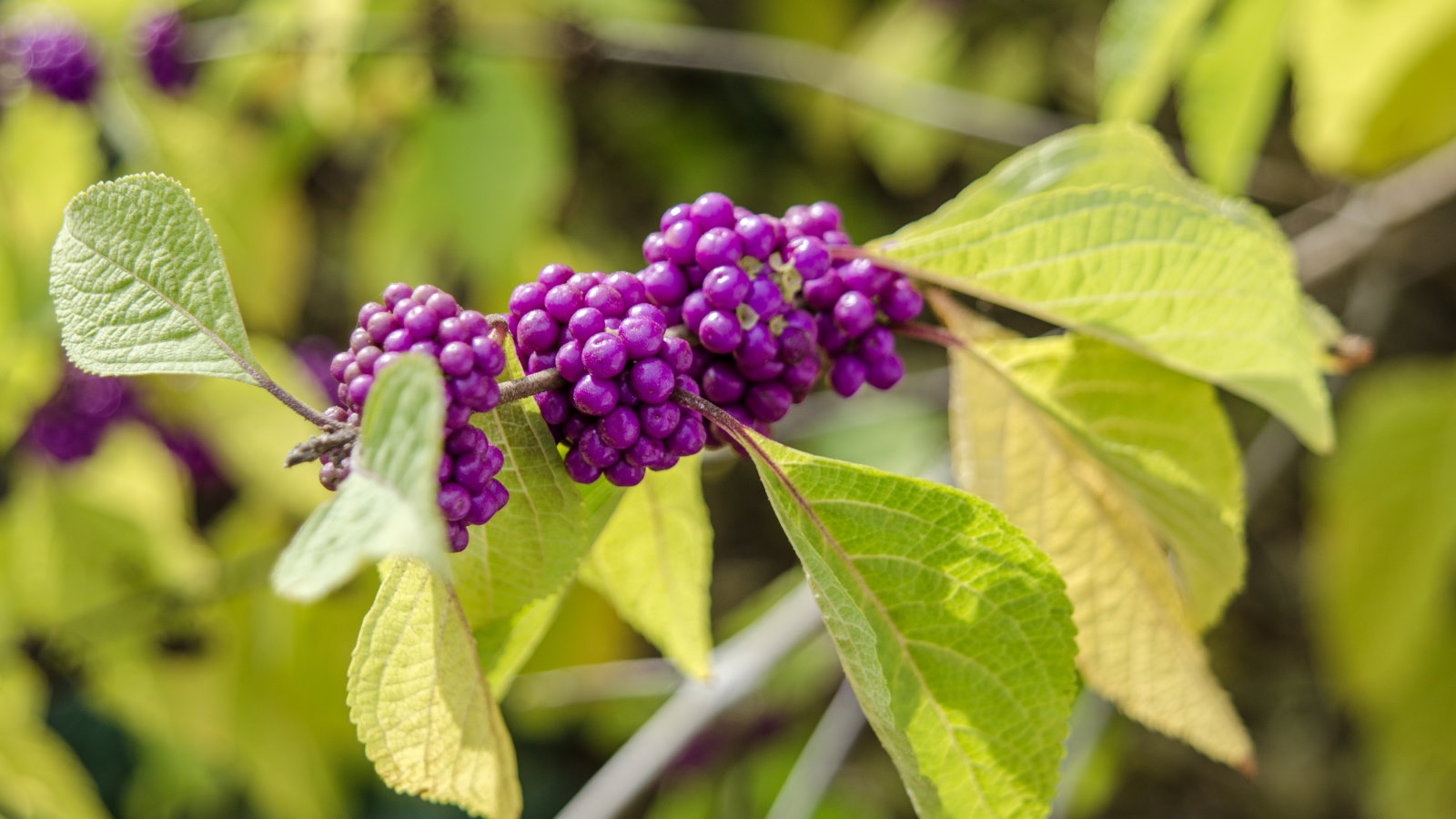 April is the ideal time to prune beautyberry shrubs – for a stunning display of vibrant berries this fall
April is the ideal time to prune beautyberry shrubs – for a stunning display of vibrant berries this fallWhether you choose to trim gently or hard prune, cutting back in spring promotes healthy and productive growth
By Drew Swainston
-
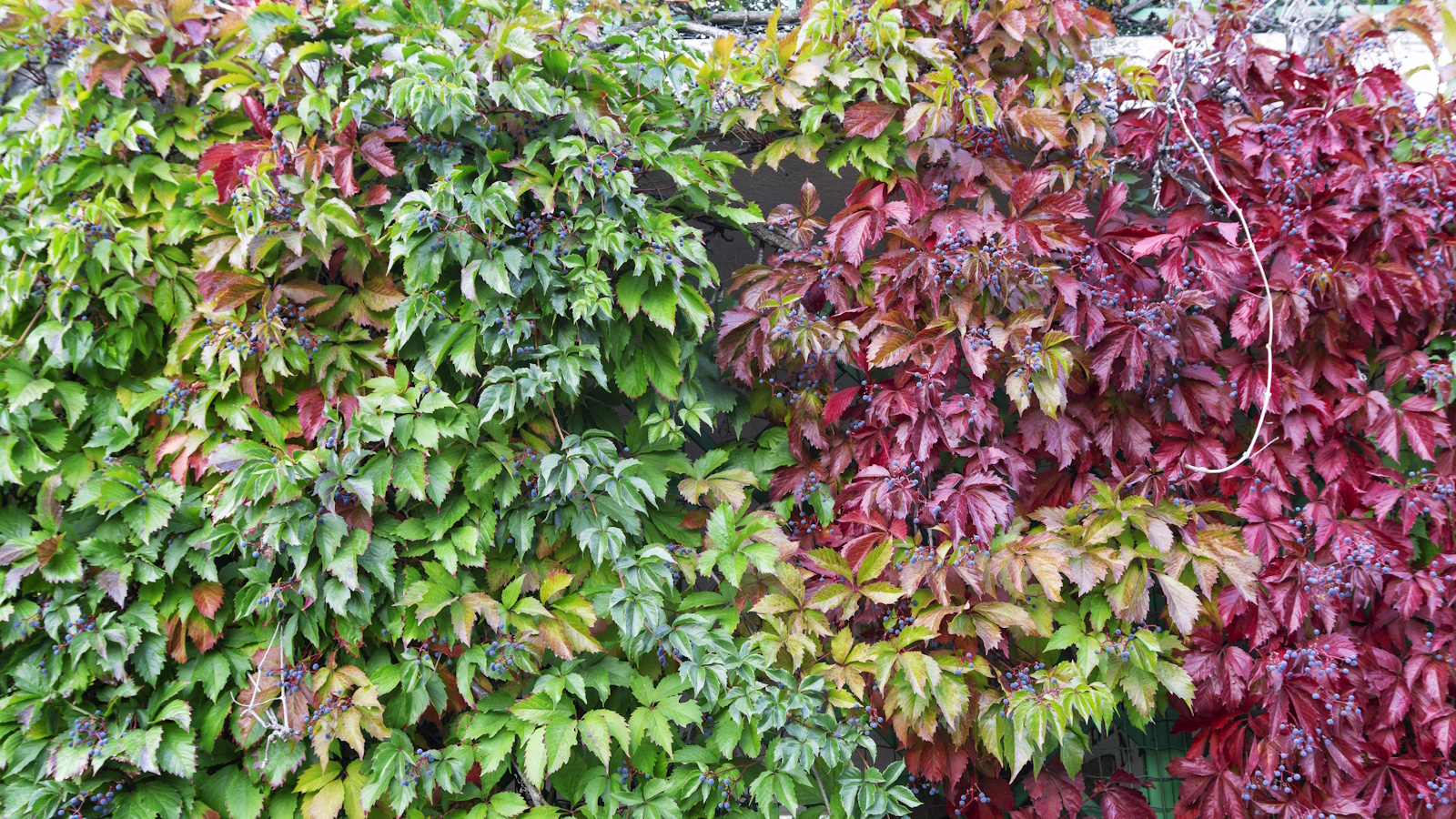 How to grow Virginia creeper – it may divide opinion, but this fast-growing, shade-tolerant vine will cover walls and fences in record time
How to grow Virginia creeper – it may divide opinion, but this fast-growing, shade-tolerant vine will cover walls and fences in record timeIf you are looking for spectacular fall color, Virginia creeper is the climbing plant to grow
By Thomas Rutter
-
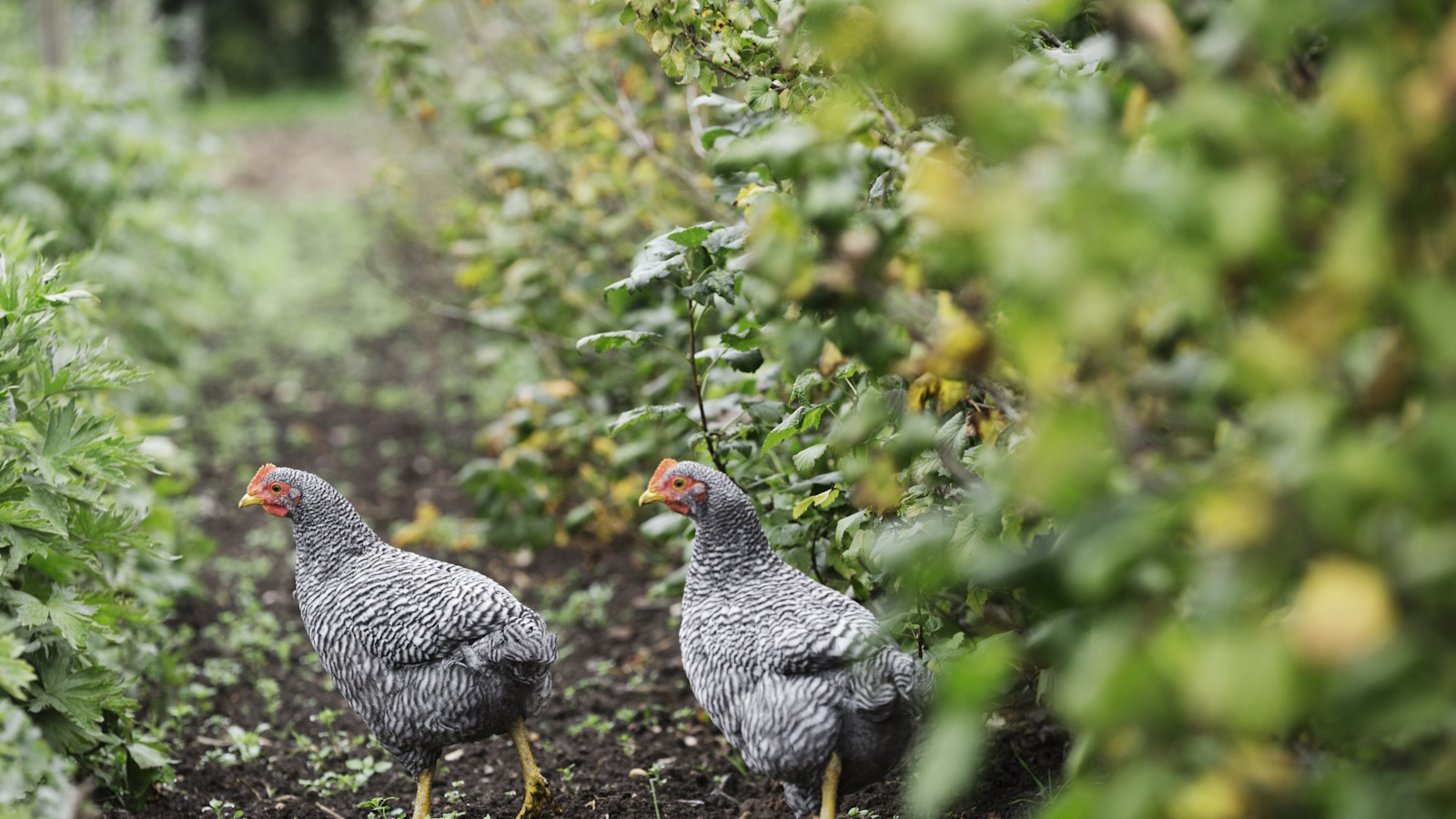 Best plants for a chicken run – 7 fragrant and floral plants for happy hens and beautiful coops
Best plants for a chicken run – 7 fragrant and floral plants for happy hens and beautiful coopsYour chicken run can be every bit as beautiful as your own garden, so long as you do your research first
By Kayleigh Dray
-
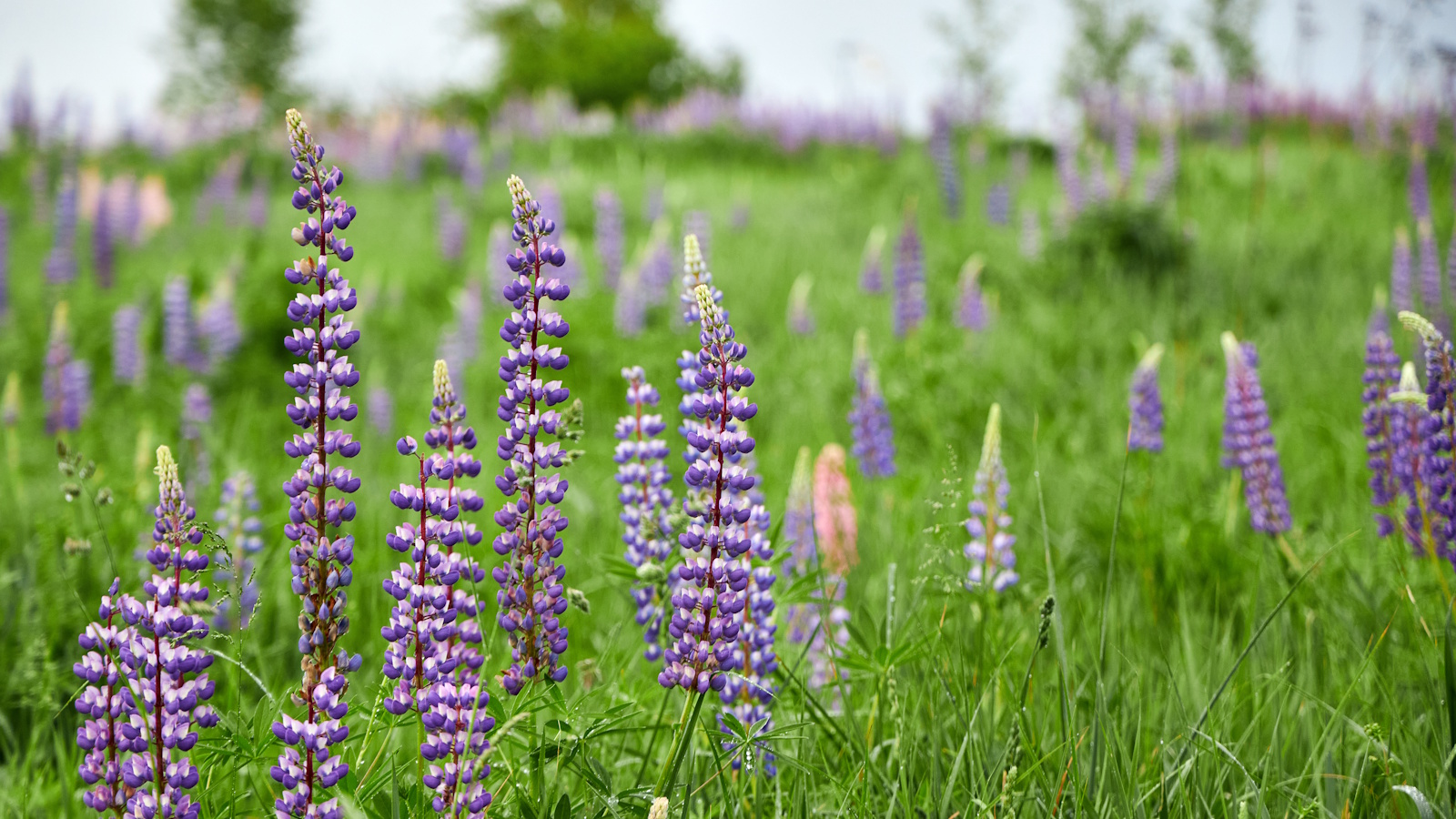 How to grow lupine – expert advice on growing this dramatic and vibrant cottage garden flower
How to grow lupine – expert advice on growing this dramatic and vibrant cottage garden flowerVibrantly colored flower stalks make swathes of lupines a sight to see in meadows and cut flower gardens alike
By Ellen Wells
-
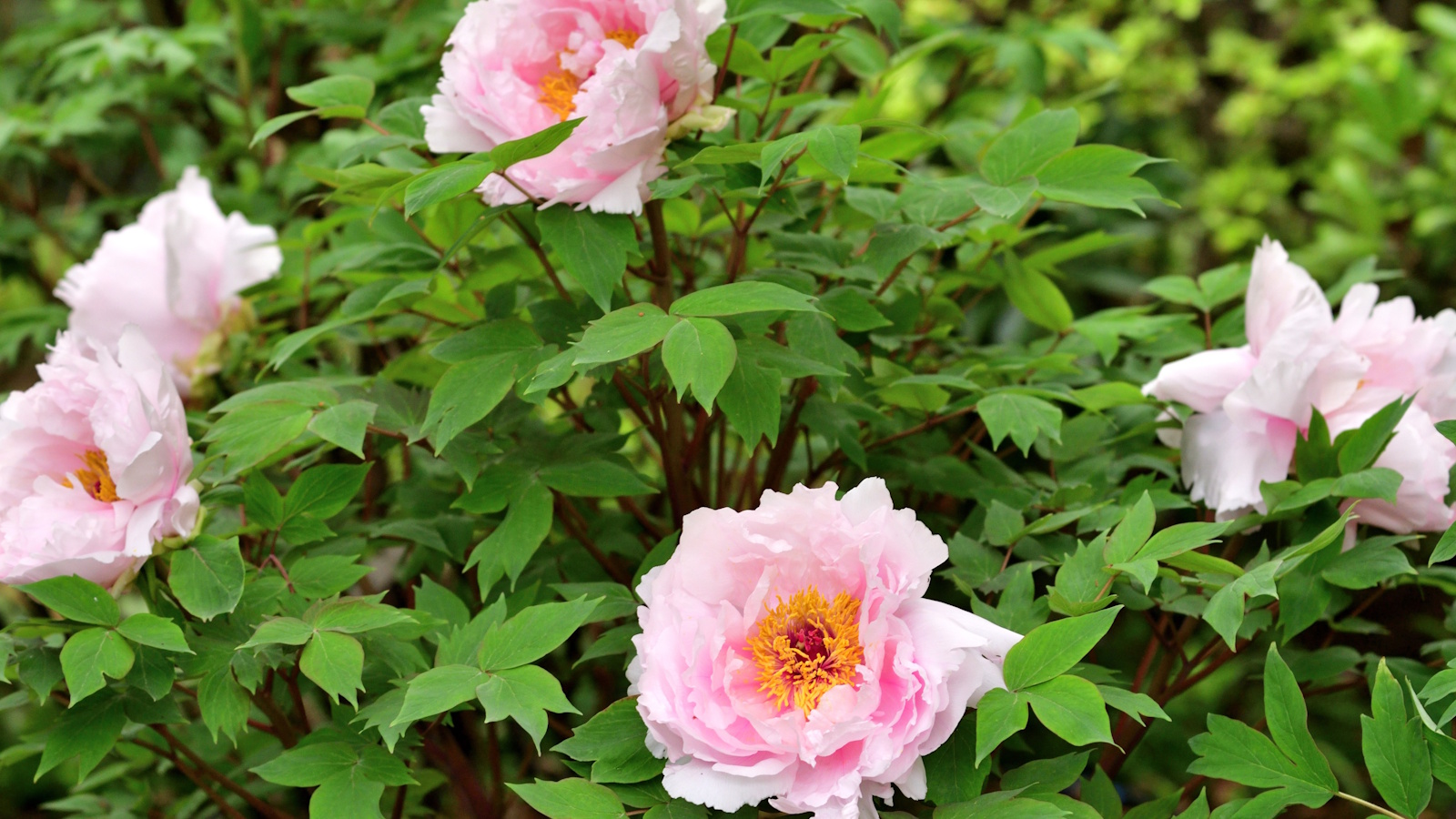 How to grow tree peonies in pots – for a show-stopping shrub that will thrive in partially shaded yards
How to grow tree peonies in pots – for a show-stopping shrub that will thrive in partially shaded yardsWith large, saucer-like blooms, tree peonies are the ultimate flowering shrub
By Thomas Rutter
-
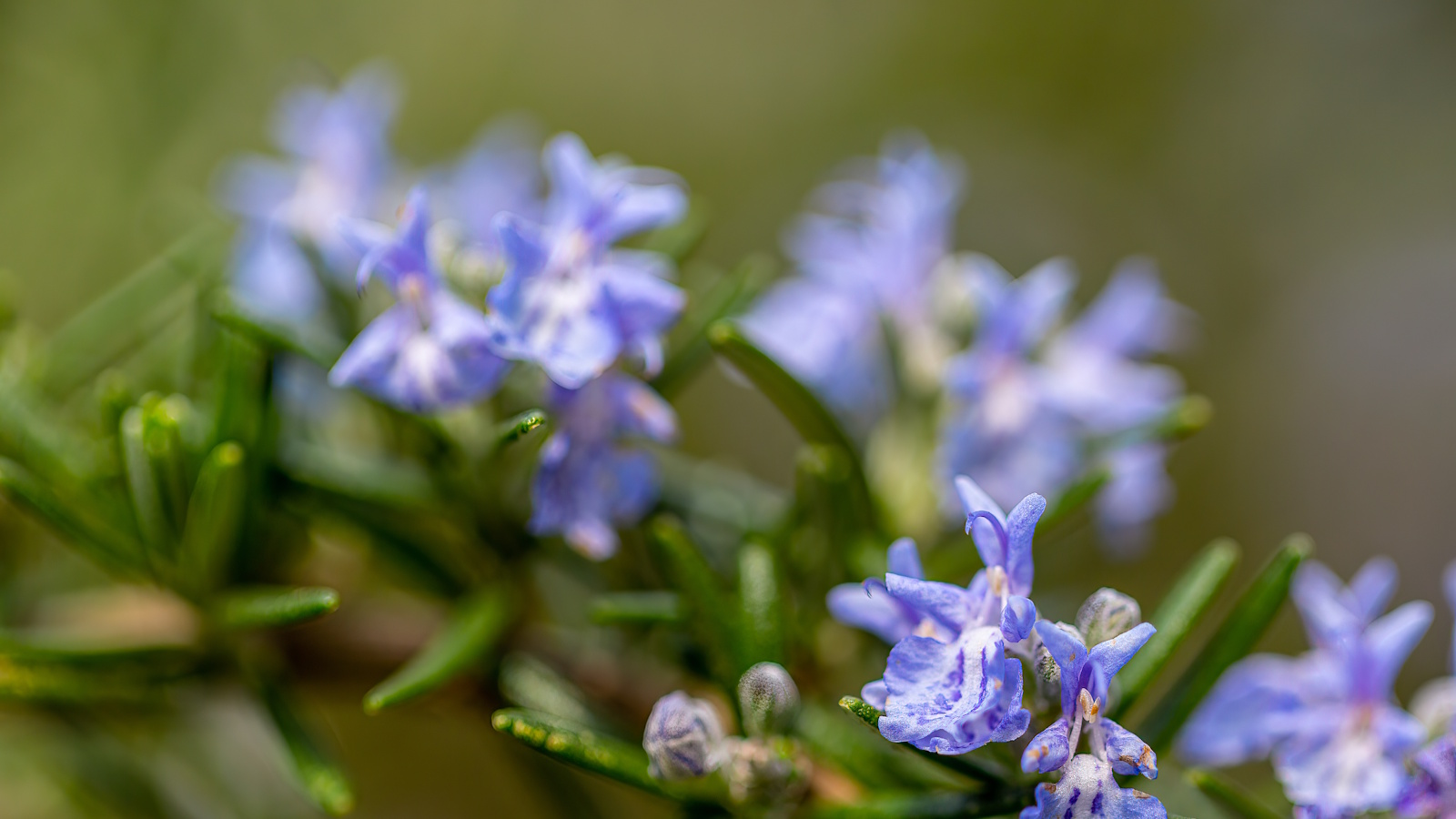 Can you revive woody rosemary plants? Expert pruning advice from a professional gardener to save old, leggy herbs
Can you revive woody rosemary plants? Expert pruning advice from a professional gardener to save old, leggy herbsWith the right pruning approach, old and woody rosemary plants can be brought back to life
By Thomas Rutter
-
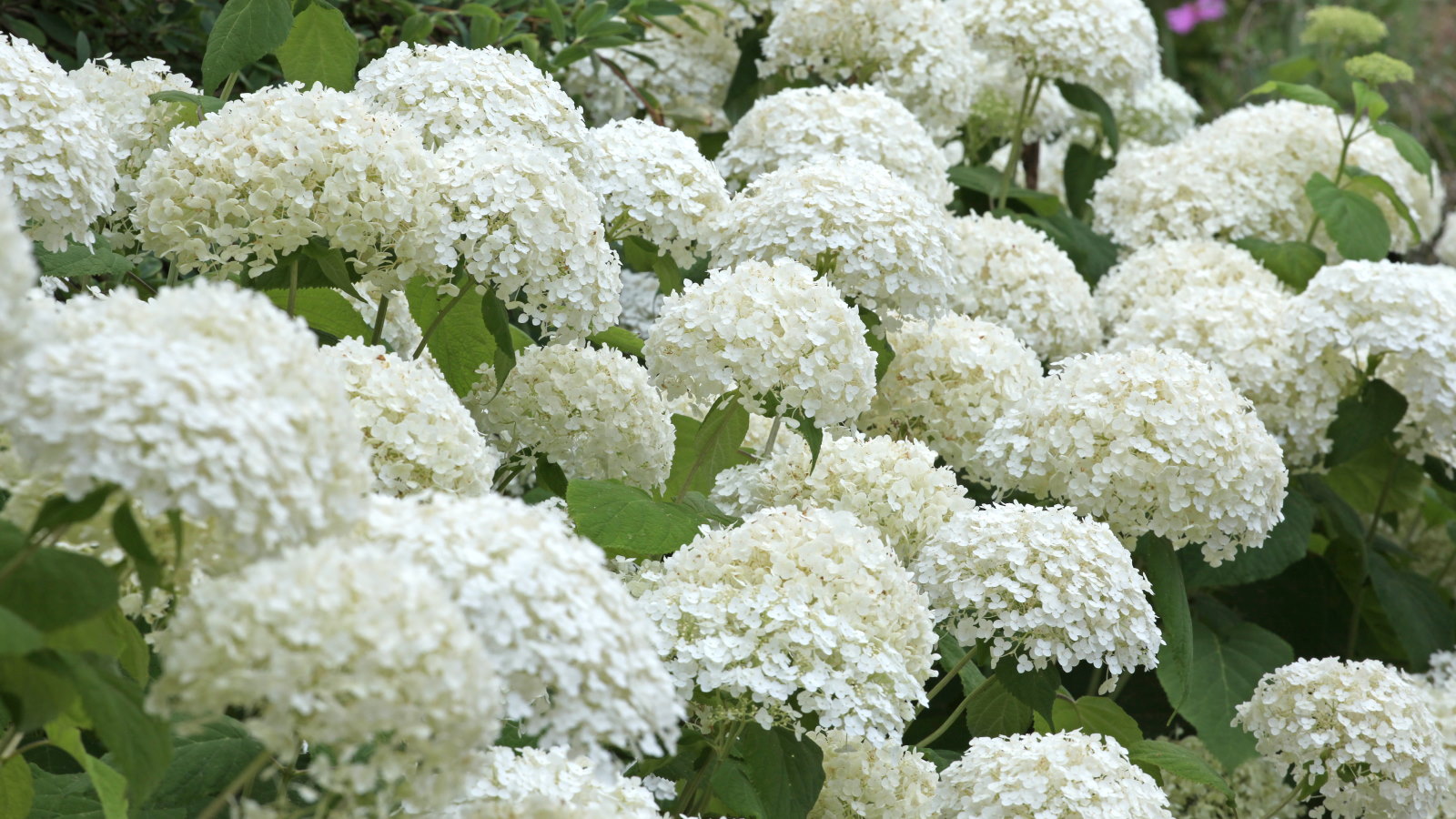 Your hydrangeas will flourish with bigger blooms and healthier growth thanks to this 1 natural material that is easy to use
Your hydrangeas will flourish with bigger blooms and healthier growth thanks to this 1 natural material that is easy to useDiscover why you should be using leaf mold to mulch hydrangeas
By Drew Swainston
-
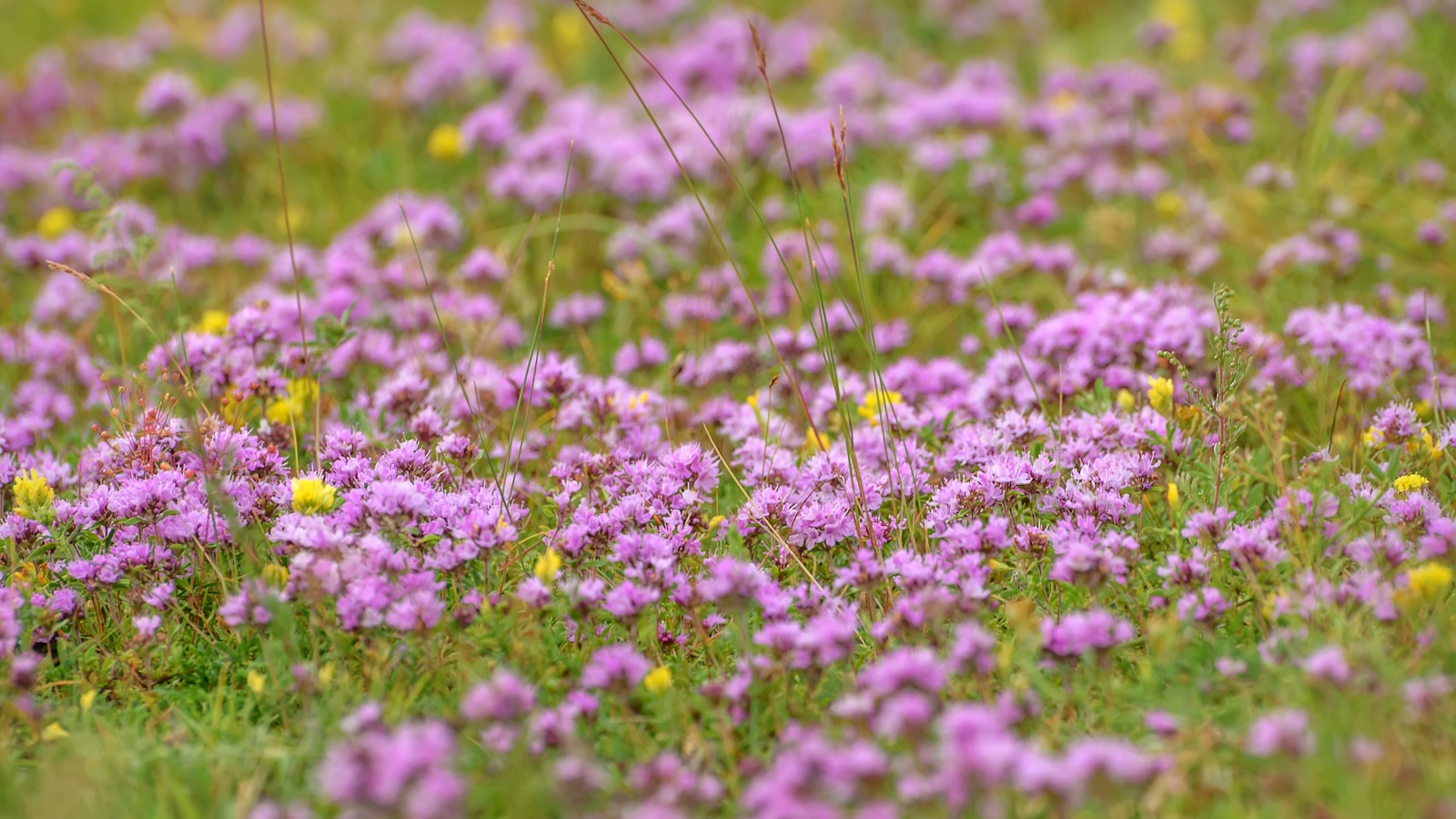 5 fast-growing tiny flowers – expert recommendations to fill your pots and borders with color in record time
5 fast-growing tiny flowers – expert recommendations to fill your pots and borders with color in record timeThese fast-growing tiny flowers prove that miniature can also be marvelous
By Thomas Rutter
-
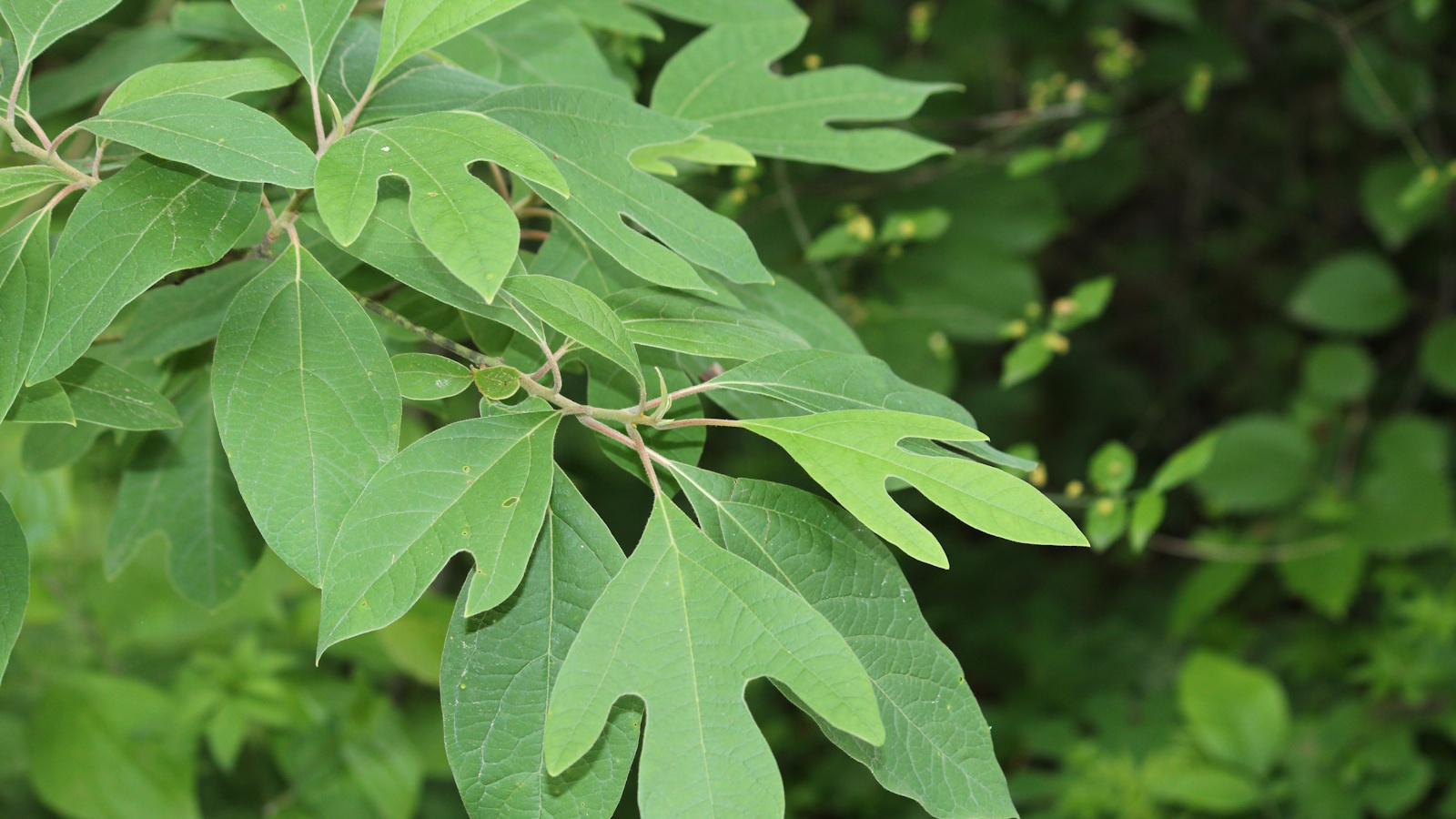 How to grow sassafras – for a low-maintenance native tree that can even be planted in shady yards
How to grow sassafras – for a low-maintenance native tree that can even be planted in shady yardsFor an easy-to-grow North American tree, you will not find much better than sassafras
By Thomas Rutter
